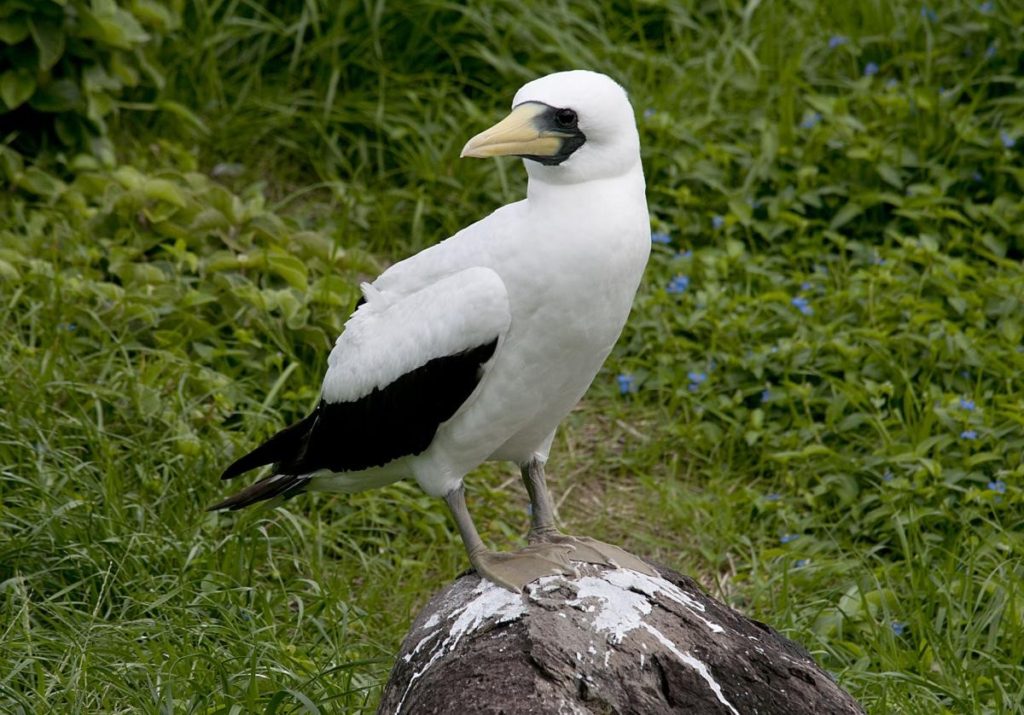Birdfinding.info ⇒ The southwestern Pacific form of Masked Booby is locally common on and around its remote mid-oceanic nesting islands, but rarely seen anywhere else. The relatively accessible sites where it can be found readily are Lord Howe and Norfolk Islands. It is sometimes seen on pelagic trips out of Southport and Mooloolaba, Queensland.
“Tasman Booby”
Sula dactylatra tasmani
Southwestern Pacific Ocean. Largely pelagic away from its breeding grounds.

“Tasman Booby,” S. d. tasmani. (Kermadec Islands, New Zealand.) © Department of Conservation (image ref: 10053816) by Warwick Murray
Breeding. Breeds on three remote island groups of the Tasman Sea: Lord Howe (~500 pairs), Norfolk (~350 pairs), and the Kermadec Islands (~100 pairs).
Nonbreeding. From September to January or so, much of the population disperses north from its breeding grounds into the southern half of the Coral Sea and southwestern tropical Pacific, north at least to the latitude of New Caledonia.
Identification
“Tasman” is essentially identical to other forms of Masked Booby except for its dark eyes (yellow in other subspecies).
Adult is white overall with blackish-blue facial skin, and largely black flight feathers and tail.
All ages have a yellow bill and dull yellowish-olive feet.

“Tasman Booby,” S. d. tasmani, pair with nestling. (Phillip Island, Norfolk Island, Australia; December 19, 2015.) © Stuart Rae

“Tasman Booby,” S. d. tasmani, at nest. (Raoul Island, Kermadec Islands, New Zealand.) © Gareth Rapley
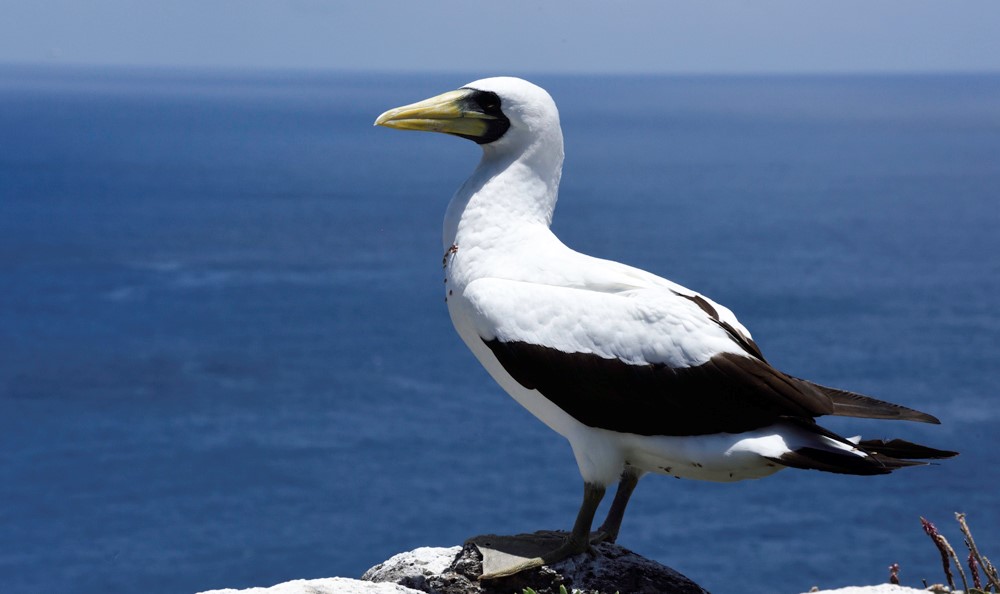
“Tasman Booby,” S. d. tasmani. (Phillip Island, Norfolk Island, Australia; December 19, 2015.) © Stuart Rae

“Tasman Booby,” S. d. tasmani. (Cemetery Bay, Norfolk Island, Australia; April 4, 2011.) © Bruce Wedderburn

“Tasman Booby,” S. d. tasmani, male and female. (Norfolk Island, Australia; September 3, 2014.) © David Carson
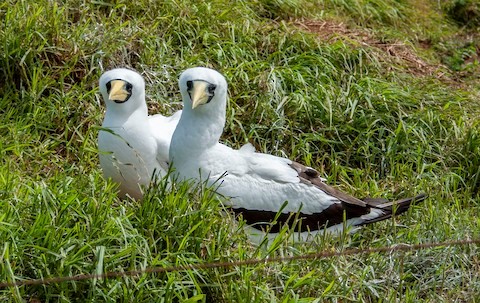
“Tasman Booby,” S. d. tasmani, male and female. (Norfolk Island, Australia; September 3, 2014.) © David Carson
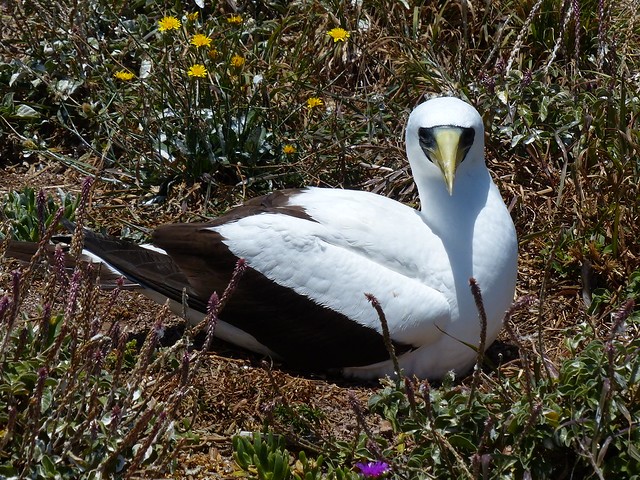
“Tasman Booby,” S. d. tasmani. (Phillip Island, Norfolk Island, Australia; December 3, 2015.) © Kelsham
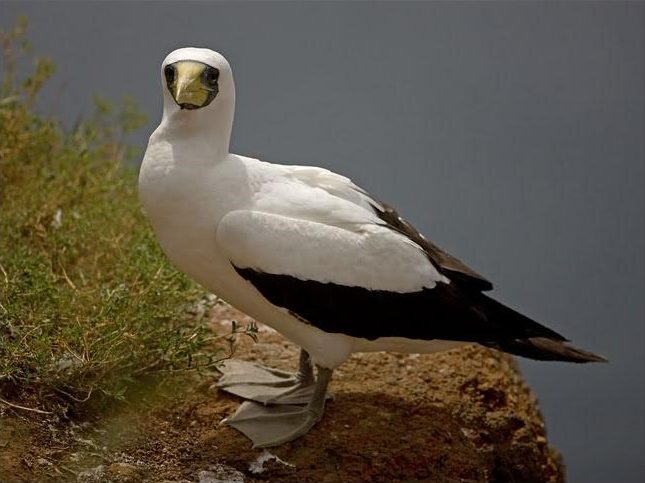
“Tasman Booby,” S. d. tasmani, female. (Lord Howe Island, Australia; March 13, 2012.) © Ian Montgomery
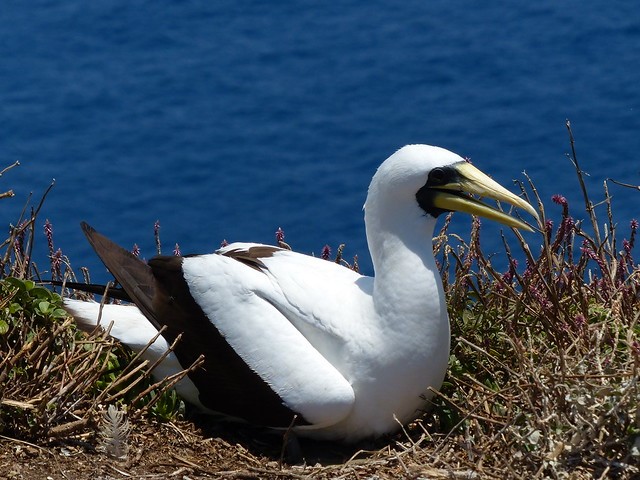
“Tasman Booby,” S. d. tasmani. (Phillip Island, Norfolk Island, Australia; December 3, 2015.) © Kelsham
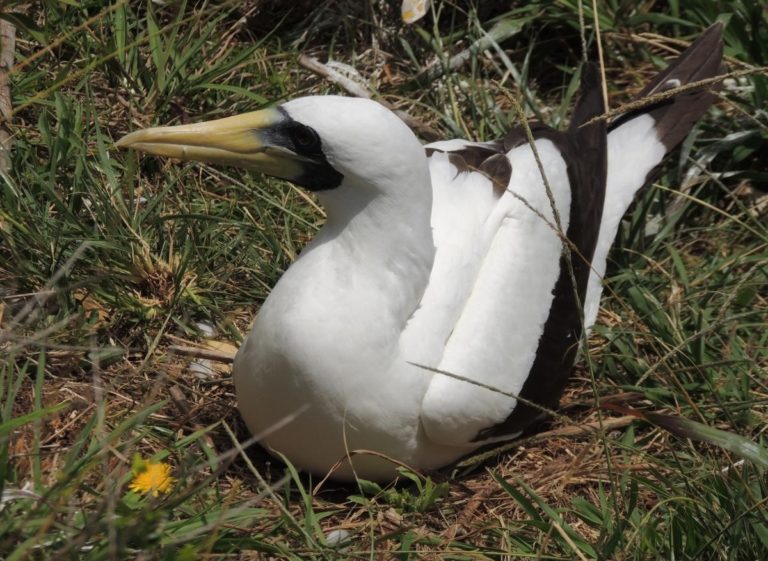
“Tasman Booby,” S. d. tasmani. (Phillip Island, Norfolk Island, Australia; November 2016.) © Ian Armitage

“Tasman Booby,” S. d. tasmani. (Phillip Island, Norfolk Island, Australia; December 3, 2015.) © Kelsham
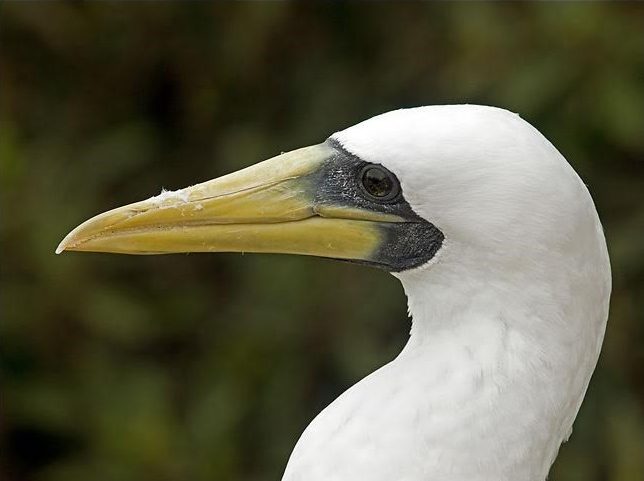
“Tasman Booby,” S. d. tasmani, male. (Lord Howe Island, Australia; March 13, 2012.) © Ian Montgomery
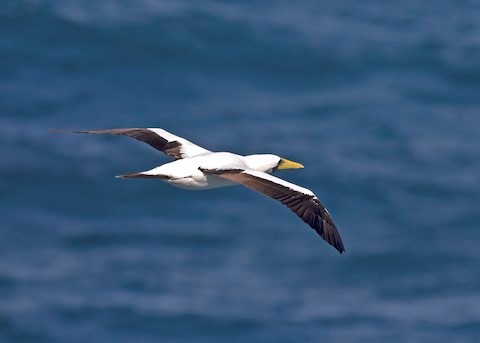
“Tasman Booby,” S. d. tasmani. (Lord Howe Island, Australia; October 19, 2018.) © Stephen Murray
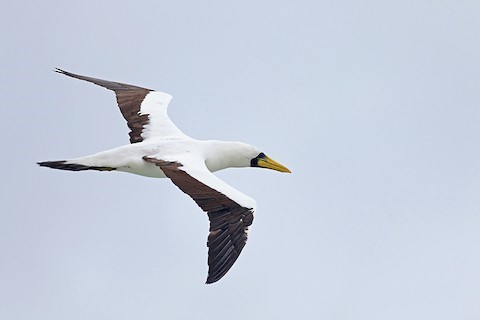
“Tasman Booby,” S. d. tasmani. (Lord Howe Island, Australia; October 15, 2018.) © Stephen Murray
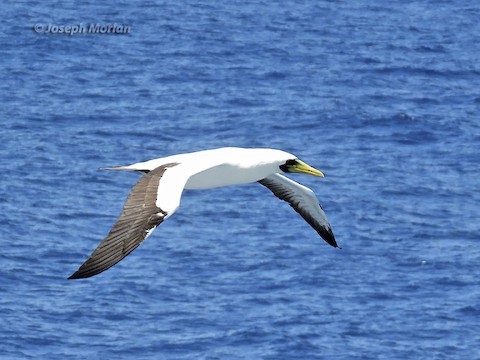
“Tasman Booby,” S. d. tasmani. (South of New Caledonia; September 24, 2019.) © Joseph Morlan

“Tasman Booby,” S. d. tasmani. (Norfolk Island, Australia; November 19, 2018.) © Ian Davies
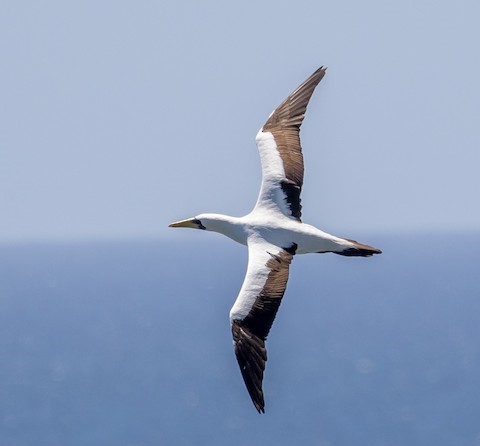
“Tasman Booby,” S. d. tasmani. (Lord Howe Island, Australia; November 20, 2016.) © Louise Summerhayes
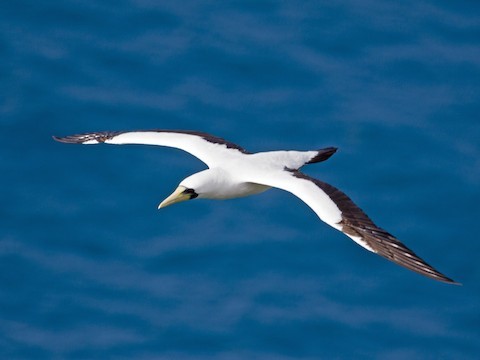
“Tasman Booby,” S. d. tasmani. (Lord Howe Island, Australia; December 10, 2011.) © Mat Gilfedder
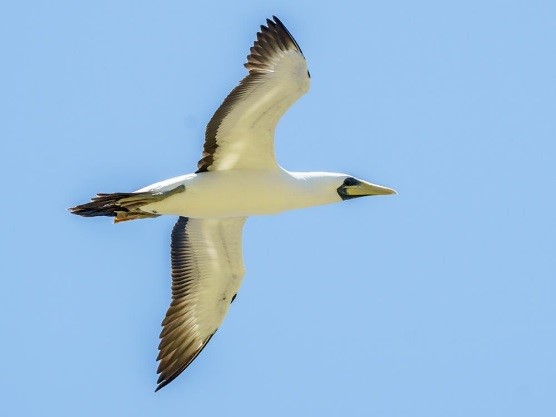
“Tasman Booby,” S. d. tasmani. (Norfolk Island, Australia; December 1, 2015.) © cookdj
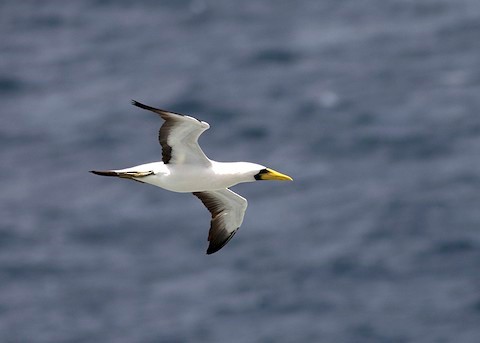
“Tasman Booby,” S. d. tasmani. (Lord Howe Island, Australia; October 18, 2018.) © Stephen Murray
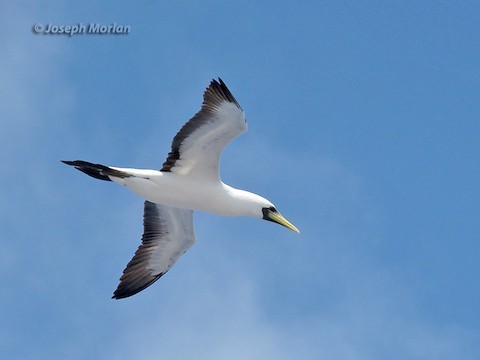
“Tasman Booby,” S. d. tasmani. (South of New Caledonia; September 24, 2019.) © Joseph Morlan
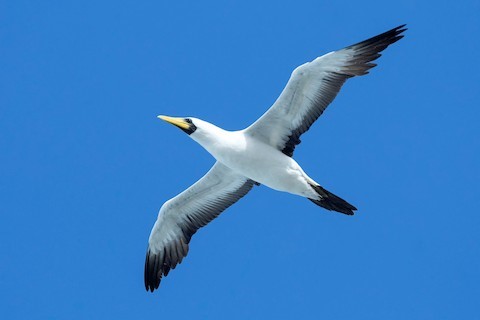
“Tasman Booby,” S. d. tasmani. (Lord Howe Island, Australia; December 15, 2020.) © David Irving
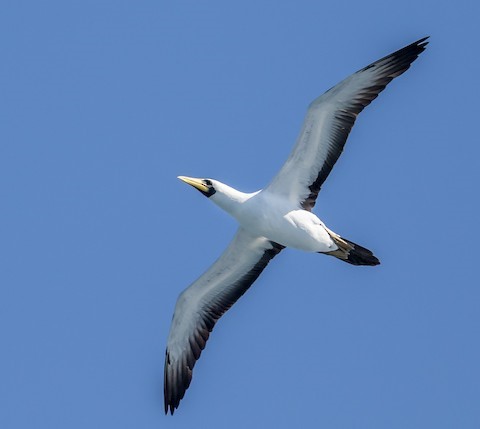
“Tasman Booby,” S. d. tasmani. (Lord Howe Island, Australia; November 20, 2016.) © Louise Summerhayes

“Tasman Booby,” S. d. tasmani. (Norfolk Island, Australia; October 11, 2017.) © Richard Smart
Immature Plumages. Juveniles have brown upperparts and a brown hood—much like an adult Brown Booby, but the hood is less extensive (ending above the breast) and not as crisply defined.
Unlike Brown Boobies, juvenile Masked usually has a white collar. Those that begin with an all-dark neck typically develop a full white collar early in their maturation.
As they age, the areas of brown coloration recede and are replaced by white. The neck turns white first. In subadult plumage, the hood fades until it disappears altogether.
In all immature plumages, Masked and Nazca Boobies have more extensively white underwings than other boobies of the same age class.

“Tasman Booby,” S. d. tasmani, juvenile with lingering tufts of down. (Phillip Island, Norfolk Island, Australia; December 3, 2015.) © Kelsham
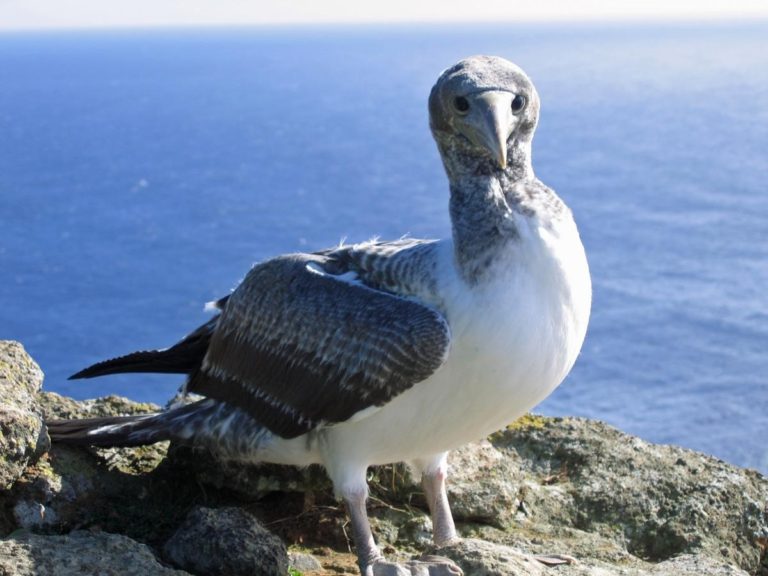
“Tasman Booby,” S. d. tasmani, juvenile. (Macauley Island, Kermadec Islands, New Zealand; July 2006.) © Terry Greene

“Tasman Booby,” S. d. tasmani, juvenile. (Lord Howe Island, Australia; March 13, 2012.) © Ian Montgomery
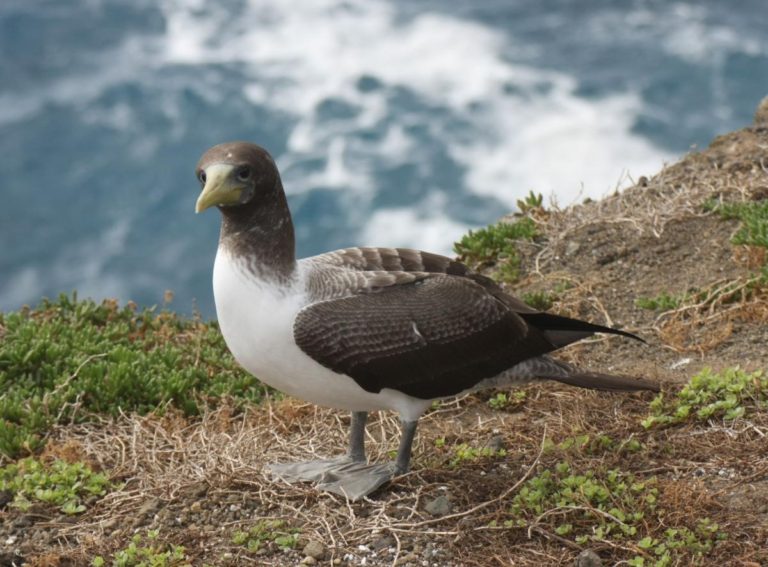
“Tasman Booby,” S. d. tasmani, juvenile. (Raoul Island, Kermadec Islands, New Zealand.) © Gareth Rapley
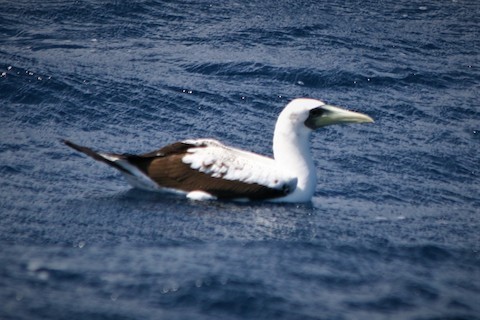
“Tasman Booby,” S. d. tasmani, subadult. (Offshore from Port Stephens, New South Wales, Australia; November 24, 2013.) © Steven Edwards

“Tasman Booby,” S. d. tasmani, juvenile. (Norfolk Island, Australia; February 11, 2019.) © Jill Duncan & Ken Bissett
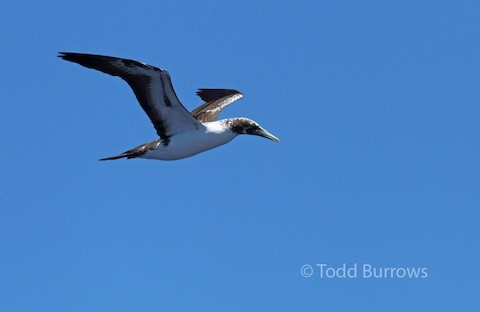
“Tasman Booby,” S. d. tasmani, juvenile. (Offshore from Southport, Queensland, Australia; January 25, 2015.) © Todd Burrows

“Tasman Booby,” S. d. tasmani, juvenile. (Norfolk Island, Australia; May 12, 2019.) © Gus Daly

“Tasman Booby,” S. d. tasmani, juvenile. (Lord Howe Island, Australia; May 14, 2013.) © Ian Montgomery
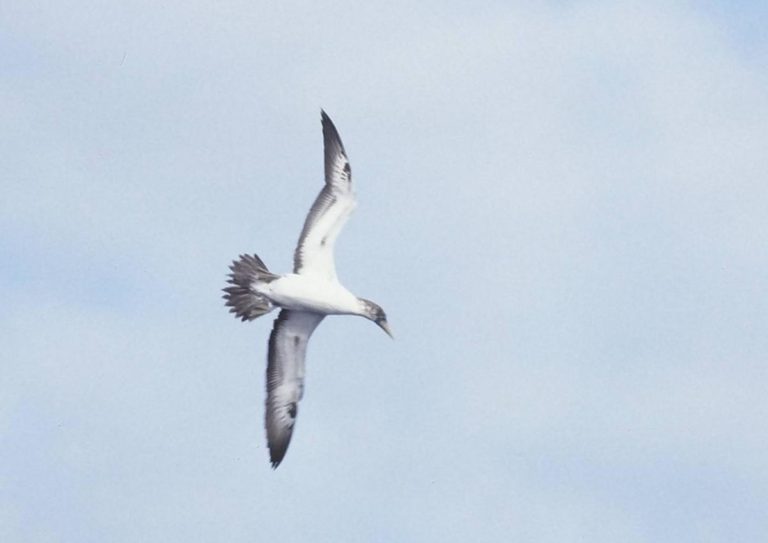
“Tasman Booby,” S. d. tasmani, juvenile. (Cheeseman Island, Kermadec Islands, New Zealand; May 1982.) © Colin Miskelly
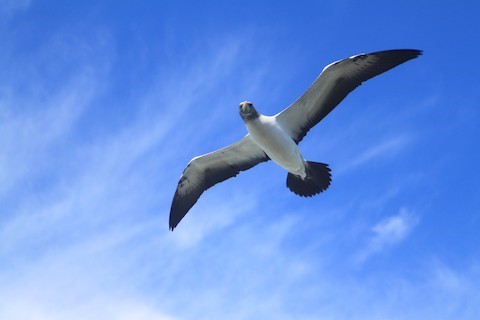
“Tasman Booby,” S. d. tasmani, juvenile. (Norfolk Island, Australia; March 1, 2021.) © Ian Brown
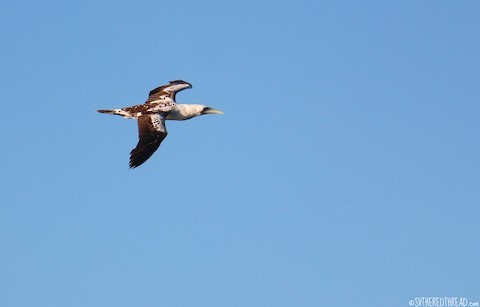
“Tasman Booby,” S. d. tasmani, immature. (Offshore from Yuraygir National Park, New South Wales, Australia; November 21, 2016.) © Jessie Mackelprang-Carter
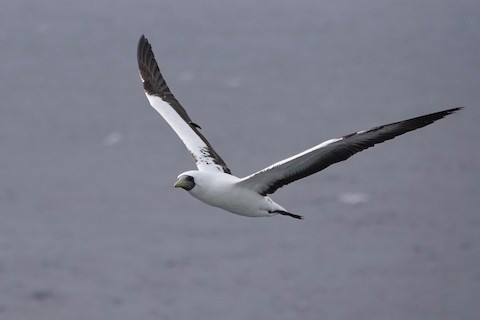
“Tasman Booby,” S. d. tasmani, subadult. (South of New Caledonia; October 24, 2018.) © Kathryn Young

“Tasman Booby,” S. d. tasmani, subadult. (At sea east of Lord Howe Island, Australia; January 10, 2020.) © Mike Farnworth
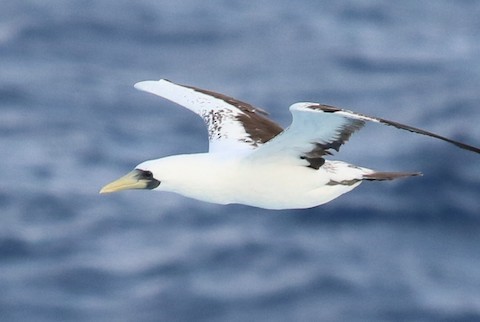
“Tasman Booby,” S. d. tasmani, subadult. (At sea east of Lord Howe Island, Australia; January 10, 2020.) © Mike Farnworth
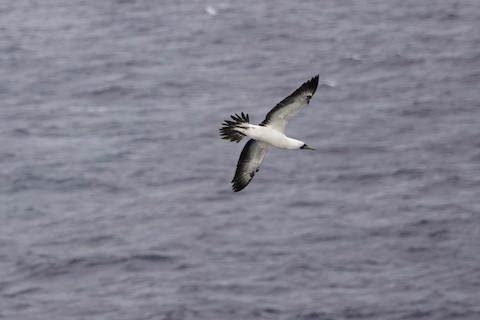
“Tasman Booby,” S. d. tasmani, subadult showing dark patches on primary coverts. (South of New Caledonia; October 24, 2018.) © Kathryn Young

“Tasman Booby,” S. d. tasmani, subadult showing vestiges of dark primary coverts. (Coral Sea between Lord Howe Island and New Caledonia; October 22, 2014.) © Kenneth Trease
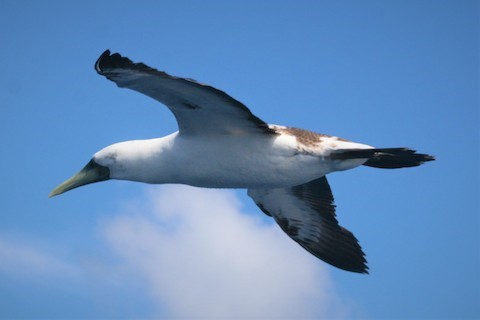
“Tasman Booby,” S. d. tasmani, subadult showing vestiges of dark patches on underwing coverts. (Offshore from Port Stephens, New South Wales, Australia; November 24, 2013.) © Steven Edwards

“Tasman Booby,” S. d. tasmani, subadult. (Norfolk Island, Australia; April 2, 2012.) © Tony Morris
Cf. Other Masked Boobies. Since its rediscovery, the “Tasman Booby” (tasmani) has been classified as a subspecies of Masked, and this classification seems likely to remain unchanged. “Tasman” is distinctive in having dark eyes, but otherwise falls within the variation found in the various Masked Booby population worldwide. Its feet are pale khaki or a sort of grayish-yellowish-olive, unlike the nearest populations of personata, which tend to have darker, grayer feet. But globally, Masked Booby populations vary in foot color from gray to olive to yellow—and “Tasman’s” feet fall roughly in the middle of the spectrum. “Tasman” may be the largest form of Masked Booby, with some average measurements up to 3% (or so) longer than other subspecies, but such incremental size differences (and often much larger ones) among subspecies are not usually considered significant or persistent enough to indicate separate species.
Cf. Red-footed Booby. White morph Red-footed Boobies appear similar to Masked (including “Tasman”) at a distance, except that most populations have all-white tails. At closer range Masked’s combination of a pale-yellow bill and contrasting blackish mask is diagnostic, but Red-footed Boobies sometimes show a similar contrast. The wing patterns differ: white morph Red-footed has more extensive white on the upperwing, and on the underwing it has an isolated black “comma” on the primary linings just beyond the wrist. Size can be a useful indicator, as Red-footed is the smallest booby and Masked is the largest, with impressively long wings—although size is not always easy to judge at sea.
Cf. Brown Booby. Juvenile Masked (including “Tasman”) has approximately the same color pattern as an adult Brown Booby—i.e., brown upperparts and a brown hood—but its hood is much less extensive (ending above the breast), less sharply defined, and usually has a white notch in the center. Underwing patterns also differ.
Notes
Monotypic form of Masked Booby (S. dactylatra) that was originally described as a separate species.
The name “Tasman Booby” originally referred to a form that was believed to be extinct when it was described as a species (S. tasmani), but upon reevaluation that form was found to be synonymous with a recognized extant form of Masked Booby, S. d. fullagari, so the two were merged under the older name, tasmani. Through genetic analysis, researchers determined that tasmani was too recently diverged from other S. dactylatra to be considered a separate species. It is not known to be distinguishable from other subspecies of Masked Booby except by the color of its irises, which are dark brown instead of yellow.
References
BirdLife International. 2018. Sula dactylatra. The IUCN Red List of Threatened Species 2018: e.T22736173A132666363. https://dx.doi.org/10.2305/IUCN.UK.2018-2.RLTS.T22736173A132666363.en. (Accessed March 3, 2021.)
Department of the Environment. 2018. Sula dactylatra tasmani – Masked Booby (Tasman Sea). In Species Profile and Threats Database (Department of the Environment, Canberra). http://www.environment.gov.au/cgi-bin/sprat/public/publicspecies.pl?taxon_id=88109. (Accessed May 12, 2018.)
eBird. 2021. eBird: An online database of bird distribution and abundance. Cornell Lab of Ornithology, Ithaca, N.Y. http://www.ebird.org. (Accessed March 3, 2021.)
Howell, S.N.G., and K. Zufelt. 2019. Oceanic Birds of the World. Princeton University Press.
Ismar, S.M.H. 2013. Masked booby. In New Zealand Birds Online (Miskelly, C.M., ed.). www.nzbirdsonline.org.nz. (Accessed March 3, 2021.)
Ismar, S.M.H., K. Baird, S. Patel, C.D. Millar, and M.E. Hauber. 2010. Morphology of the recently reclassified Tasman Booby Sula dactylatra tasmani breeding on the Kermadec Islands. Marine Ornithology 38:105-109.
Pitman, R.L., and J.R. Jehl. 1998. Geographic variation and reassessment of species limits in the “Masked” Boobies of the eastern Pacific Ocean. Wilson Bulletin 110:155-170.
Priddel, D., Hutton, I., Olson, S., and R. Wheeler. 2005. Breeding biology of Masked Boobies (Sula dactylatra tasmani) on Lord Howe Island, Australia. Emu 105:105-113.
Xeno-Canto. 2021. Masked Booby – Sula dactylatra. https://www.xeno-canto.org/species/Sula-dactylatra. (Accessed February 26, 2021.)
